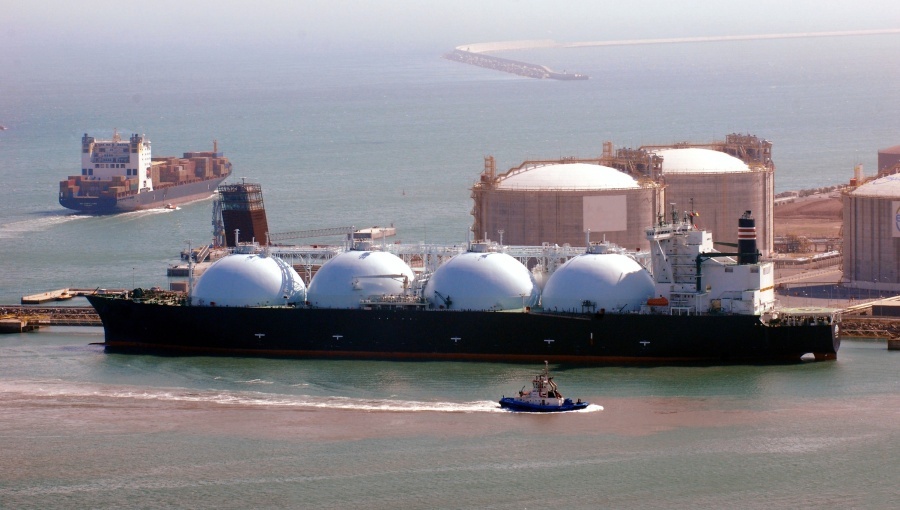LNG Canada is preparing to begin start-up of its second liquefaction train, a spokesperson for the Shell-led facility told Reuters on October 2.
The news comes as Canada’s flagship LNG project continues to face technical challenges at Train 1 at the facility in Kitimat, British Columbia.
The export terminal loaded its first cargo to send to Japan in late June. However, by late July the facility began encountering problems disrupting operations and forcing at least one cargo to be canceled.
Since then, Train 1, which has a production capacity of 6.5mn tonnes per year (tpy), has either been offline or operating at less than half capacity. Train 2 will also have a production capacity of 6.5mn tpy.
Canada is seeking to ramp-up LNG deliveries to partners in East Asia, with LNG Canada already delivering 14 cargoes to partners in Japan and South Korea. A 15th cargo is expected to be delivered in the coming days.
Supply delivery dipped in September, with LNG Canada shipping only four cargoes and just 0.3mn tonnes of the super-chilled fuel. In August, the facility exported 0.4mn tonnes of LNG, according to data from the London Stock Exchange Group (LSEG).
Once it is operating at full capacity, LNG Canada will be capable of pulling in around 2bn cubic feet (57mn cubic metres) per day of LNG.
Canada’s launch of LNG exports had been predicted to raise Alberta gas prices significantly, however, this has not been the case.
In fact, daily spot prices have plummeted to record lows in late September, with the price at Alberta’s AECO hub going negative, marking the lowest price since 1999.
Despite the challenges, LNG Canada has faced, the project’s second phase was recently named by Prime Minister Mark Carney as one of the country’s first five projects his new government will fast-track.
On September 30, MidOcean Energy, which is backed by private investment firm EIG, announced it will acquire a 20% stake from Petronas in LNG Canada.
